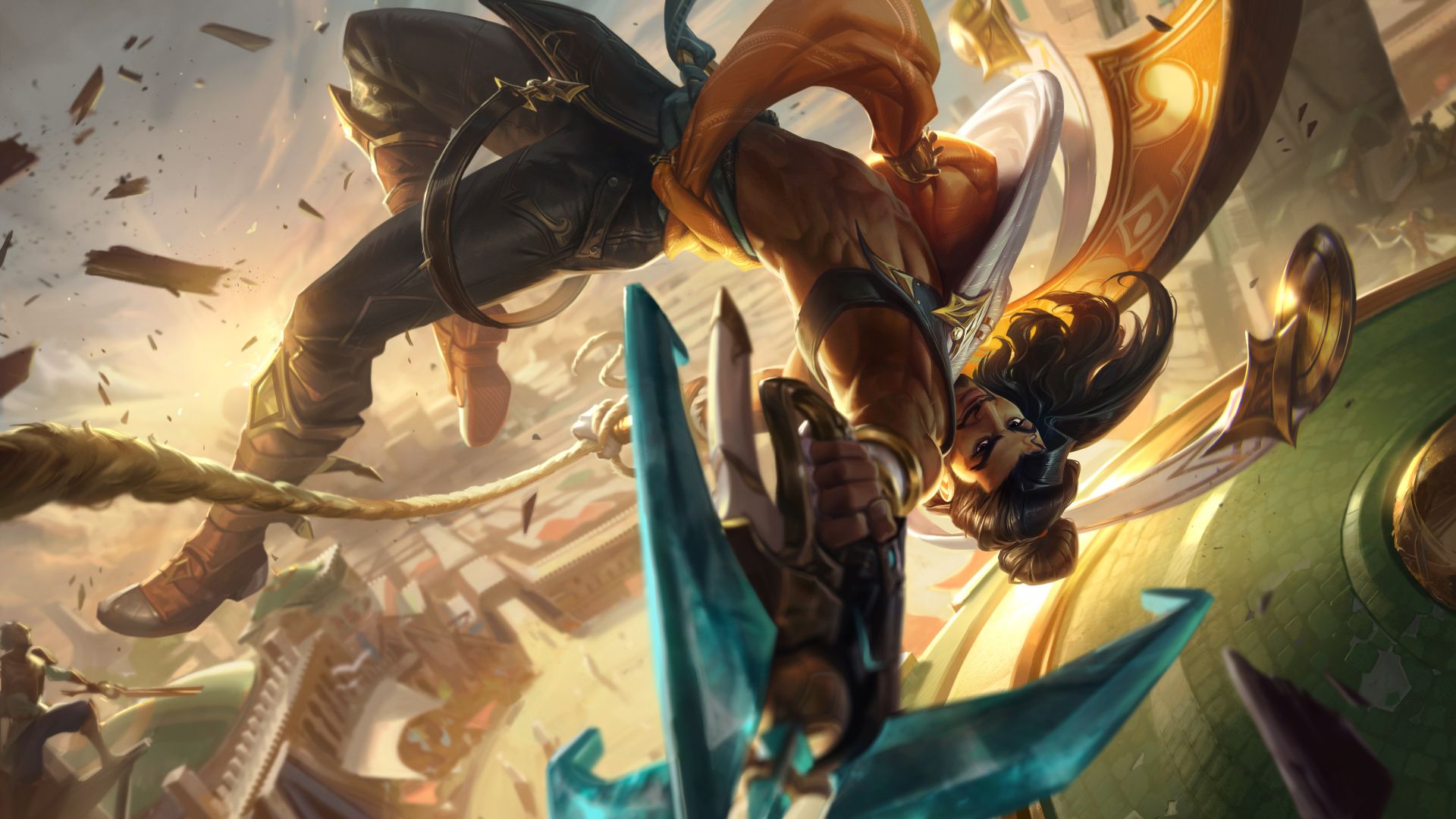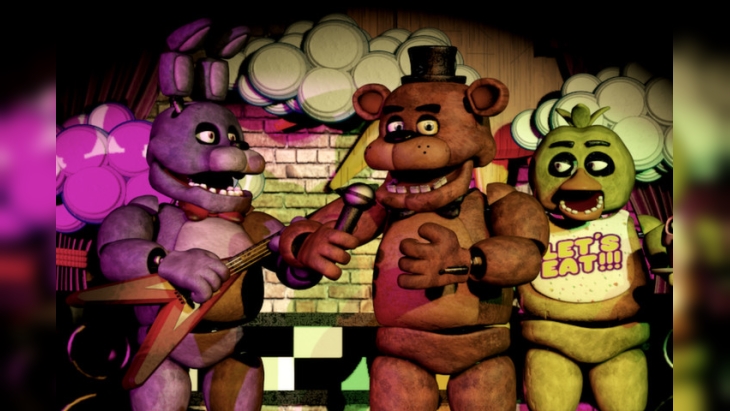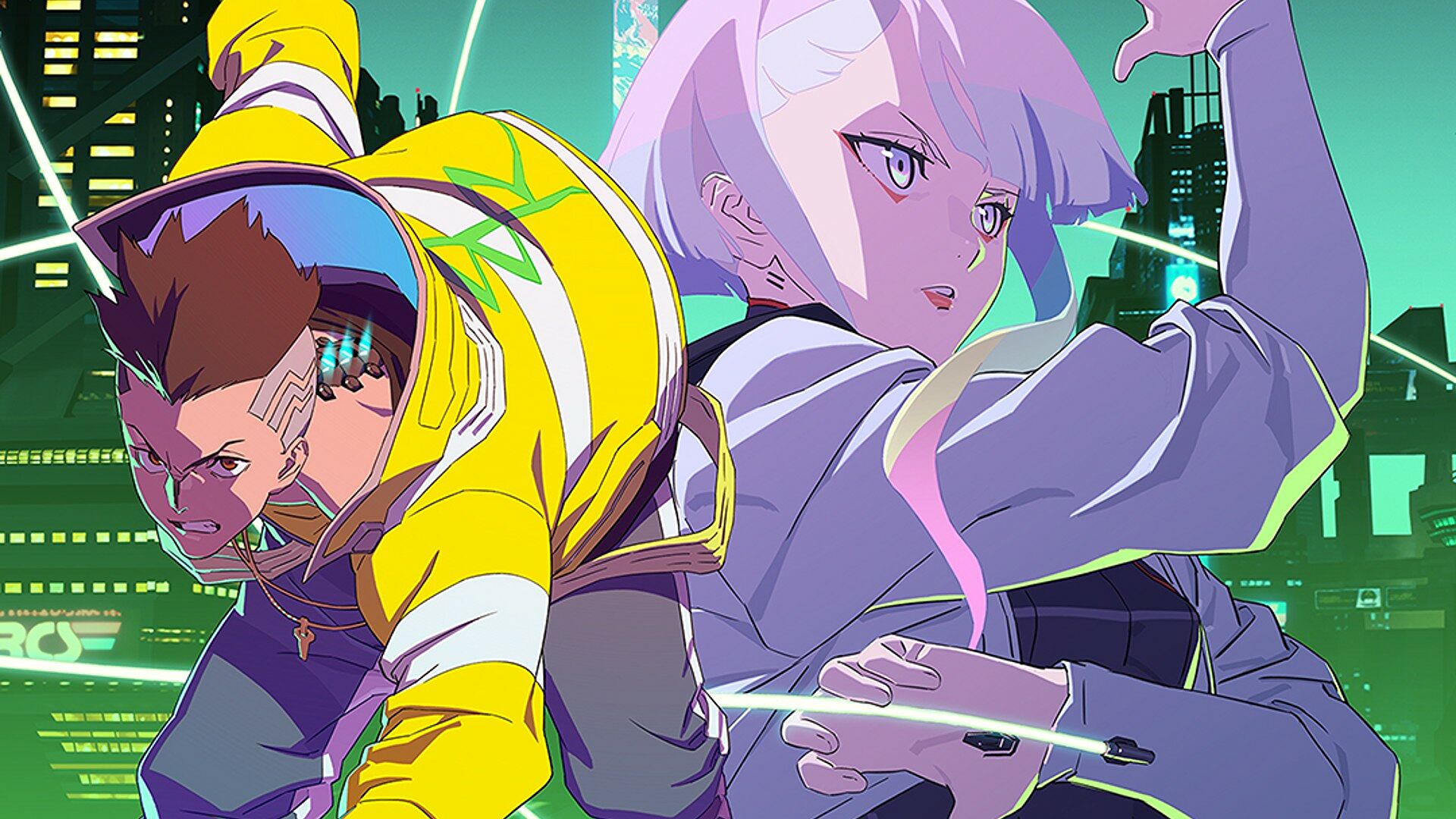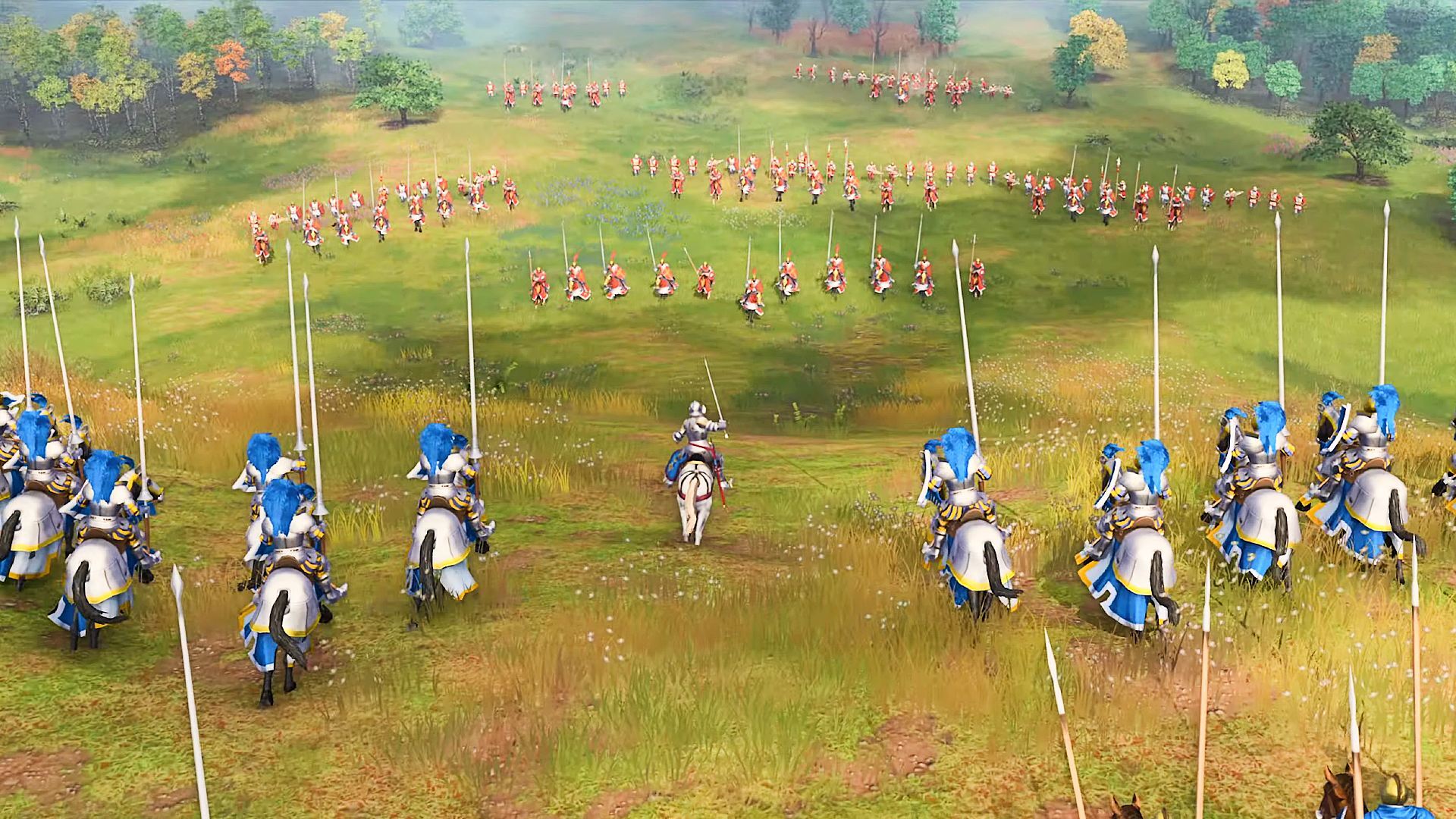
Warframe recently launched its 47th playable character – Yareli. This agile Frame is unique from others, featuring her own K-Drive and using the devastating powers of the ocean to overwhelm her opponents. What makes her even more unique, however, is that she was inspired by fan art from the passionate Warframe community.
We had a chance to connect with Matias Tapia – the concept artist behind Yareli – along with Kaz Adams, Pablo Alonso, and Michael Skyers – Weapons Lead, Senior Game Designer, and 3D Character Artist – at Digital Extremes, to learn more about Yareli and the unique process that brought her to life.
RELATED: Warframes The New War Expansion Gets Interactive Preview Event For TennoCon
TheGamer: Yareli is Warframe's 47th playable character. How do you manage to keep each Frame unique from the last?
Pablo Alonso (Senior Game Designer): The main thing I’m looking for is providing a different feel while playing, which can come from many places such as the rhythm of abilities, the feel of the character, the motion, and the theme, and many more…
In regards to the feel, for Yareli, I wanted her to feel more youthful and carefree. That influences everything from the design, animations, even the sounds of the abilities were made with that in mind. The motion of the character, in her case, I wanted her to always be in motion, never stop, so her kit and her passive are designed to encourage that.
The theme can also be an important tool towards uniqueness, but even that is not really a must. For example, Yareli is our second water-based frame, Hydroid being the first. But he is half pirate, yarr! So even two frames with a similar theme end up playing entirely differently.

TG: What's the inspiration behind Yareli? Can you tell us a bit about the creation process for the Frame?
Matias Tapia (Concept Artist): I originally wanted to create some fanart for Warframe, I really love the game's unique look so I made a mini-project for myself of creating Yareli. The creative process working with Digital Extremes was me simply doing fan art for the game with no revisions and very few changes. I tried to map my Warframe designs into Sailor Moon-like inspired characters. The first set for the five original Sailor Scouts was very popular, so I took what I learned from it and started a second set right away for the other four. Sailor Neptune was a big inspiration.
The exciting part of this is that I made the character I wanted to make. This rarely ever happens, since the process is full of compromises. But for this one, the stars lined up! I'm truly grateful to everyone involved for making her come to life.
Kaz Adams (Weapons Lead): I made her K-Drive and her Syandana. This was a really fun project!
For her K-Drive, I was provided with some great concepts from Matias that suggested some animal-like forms. I used crab references for the claws, and some style inspiration from the Infested faction, but less “monster” and more “cute”. I tried to capture that balance as well as add a lot of details that might suggest it’s a living creature in our own weird sort of Warframe way.
For her Syandana, this was based on another unique concept from Matias. I finished the K-Drive first and I wanted to bring in a lot of the same elements, so I sculpted it as if it’s a creature too. The top of the Syandana features a bowing head and a beak.
For her Pistol, Skyers made an early suggestion to base it off a bubble-maker toy, and I loved that idea! We were able to pass that along to the concept artist who designed it, Vadim Sverdlov. It was his first piece of concept art for Warframe and he really nailed it. Andrew Yu from the weapons team did a great job bringing that concept to life as a fully realized 3D model. It was a team effort all around.
KA: As far as [Accessories] creation goes, I always start the same way: from a piece of concept art, and a pile of reference images. However, I did take some additional time bringing in as much sea creature inspiration as I could on the textures for the Syandana, and used the glass shader on parts of the K-Drive to match the concept and add some interest.
Michael Skyers (3D Character Artist): In my role as a 3D character artist it was my responsibility to take the 2D concept art created by Matias Tapia, and transform it into a 3D game-ready assist. It was also my pleasure to be able to design and make her alternate helmet.
When it came to creating Yareli’s 3D0-model the first challenge was making sure the youthful feel in Matias’ design translated over. Believe it or not, all our Warframes are all the same height so it becomes a challenge to make them feel younger or smaller. Thankfully, I had Nezha’s proportions to work from. Using Nezha as a guide and making Yareli’s helmet larger than average I was able to achieve the intended light and youthful look.
Another fun challenge was recreating all her frills. Thankfully, Matias supplied us with a detailed breakdown of how all the sections were layered. In Zbrush, I would roughly sculpt the volumes of the frilled edges. Once I was happy with the volumes, I then used the Zmodeler brushes to create a cleaned-up low poly version which I could then divide until smooth, add detail, and voila – both high and low poly were done. Once all the pieces were complete, her youthful appearance was locked in and it was just polish and detail work from there.
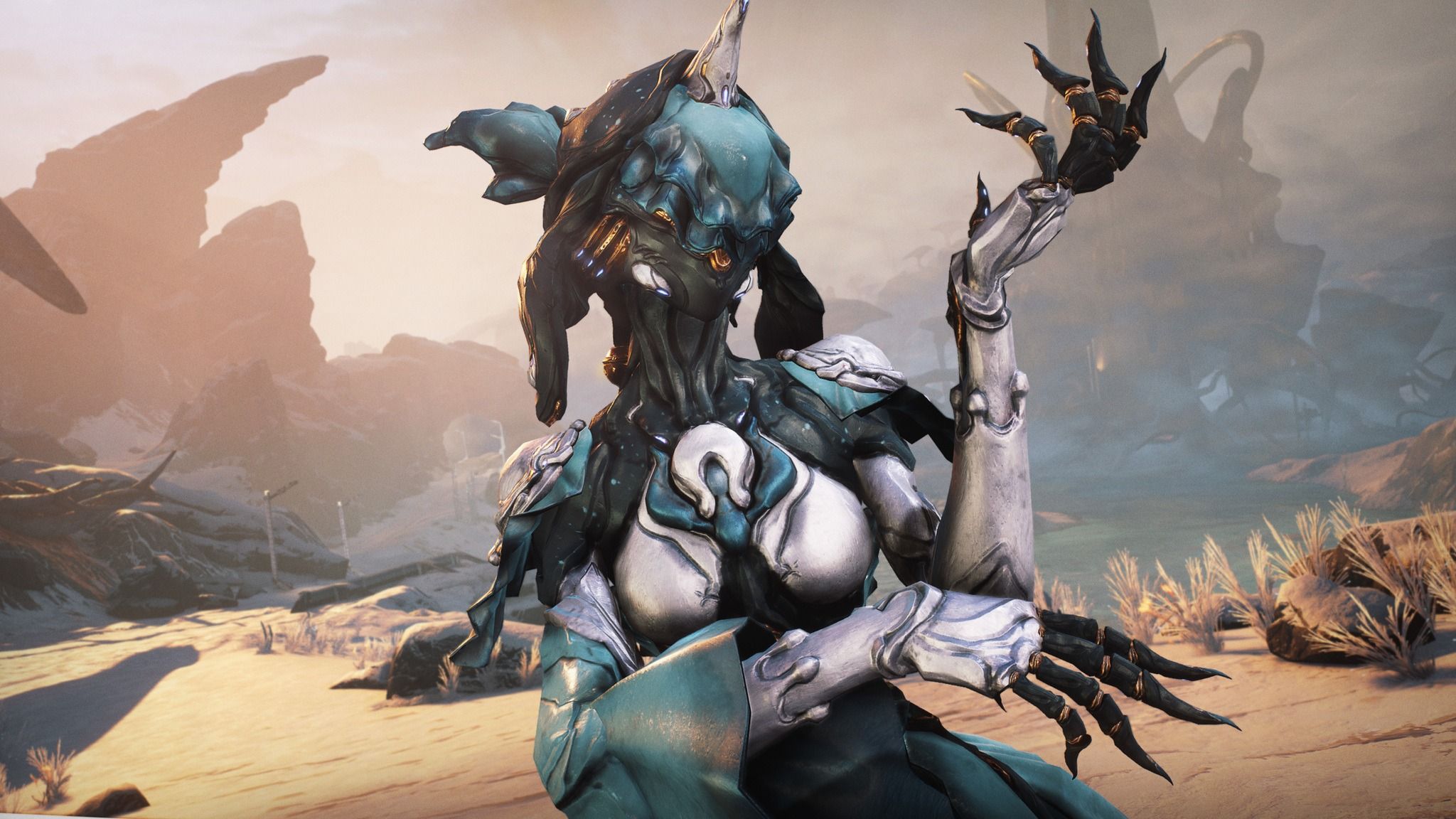
TG: What's your favorite part of the Sisters of Parvos update?
MS: I’m a little biased, but I’d have to say Yareli and learning about her role to inspire the orphaned Ventkids of Fortuna and their K-Drives. Just seeing how our players will customize Yareli to suit their tastes, and all the lovely fanart are also things I look forward to once the update is out in the wild.
PA: Definitely Merulina, which [Yareli] rides on while in battle. It’s my favorite Yareli ability. Feels very different to play while on Merulina, you are faster and more resilient, but also on tight spaces you can find it hard to navigate, so it takes some getting used to. There were a lot of technical and design challenges to overcome in order to make Merulina fun to play, but going back to the first question, I think there’s a lot of value in making each Warframe feel unique and Merulina certainly is unique.
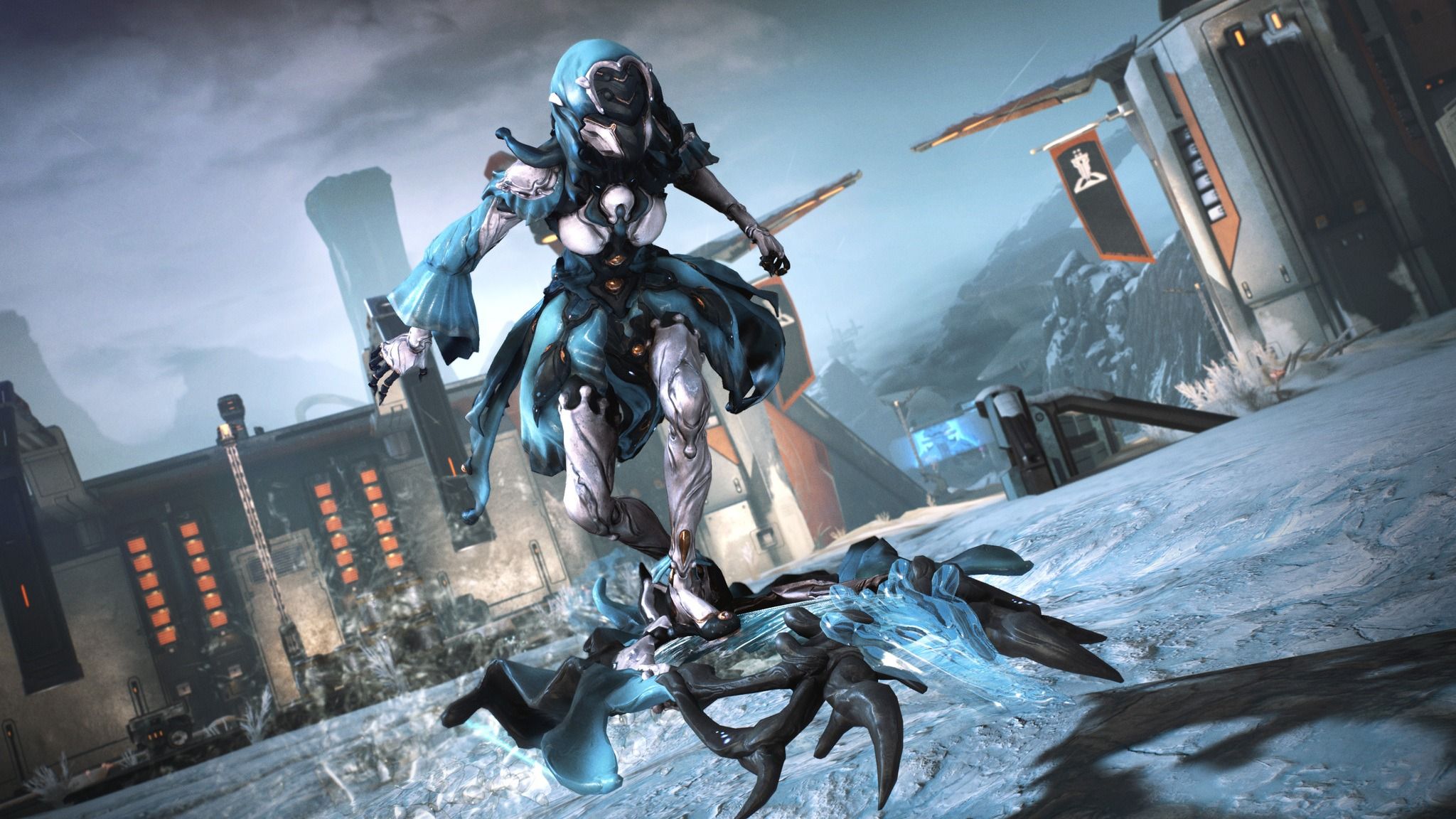
TG: How do TennoGen Artists (who aren’t employed by Digital Extremes) influence the design of Warframe abilities?
PA: When I was initially deciding what the next frame I wanted to make would be, I was talking to one of my coworkers, and she suggested, given the success we had designing Xaku with our community last year, maybe we could try using a popular Warframe design from one of our community artists. We have so many talented fans that have made incredible designs, that there were a lot to choose from, so we started sharing some of the ones we really liked, and then I just started essentially daydreaming, trying to imagine how they could play.
Yareli’s kit came together pretty quickly when I started thinking about her. So even though her abilities or even her temperament were not really explicit in the original art, it helped get the mind-brain going to find the character I wanted to make.
We then got in contact with Matias Tapia, who created her fantastic art, and showed him what we wanted the abilities to be and he helped bring them to life in his updated concepts, which was very important so we all had a common vision of what she would be like.
KA: I always love getting the opportunity to work on projects designed by fans, they provide such a unique and fresh angle. Yareli fills a niche I never knew was missing from Warframe. I’m also a fan of Matias’ work, especially the little robot characters! Thanks for making cool stuff for Warframe!
MS: Working on player-created concepts is both refreshing and challenging. When I get assigned a design made by a player it’s often such a unique take on the Warframe art style that it is a breath of fresh air. The challenge is then to try my best to incorporate as much of the Warframe art direction back in as possible. It’s important to make the concept feel at home amongst the rest of the game world. Often that means adding in a bit more sci-fi elements such as exposed metallic tech details, breaking up large shapes by dividing them by thirds, adding or subtracting emissive accents, and adjusting design elements to fit the shared skeleton/rig our Warframes use.
NEXT: PUBG Mobile Interview: How To Crack A $40 Million Cheating Ring And Thwart Future Hackers
